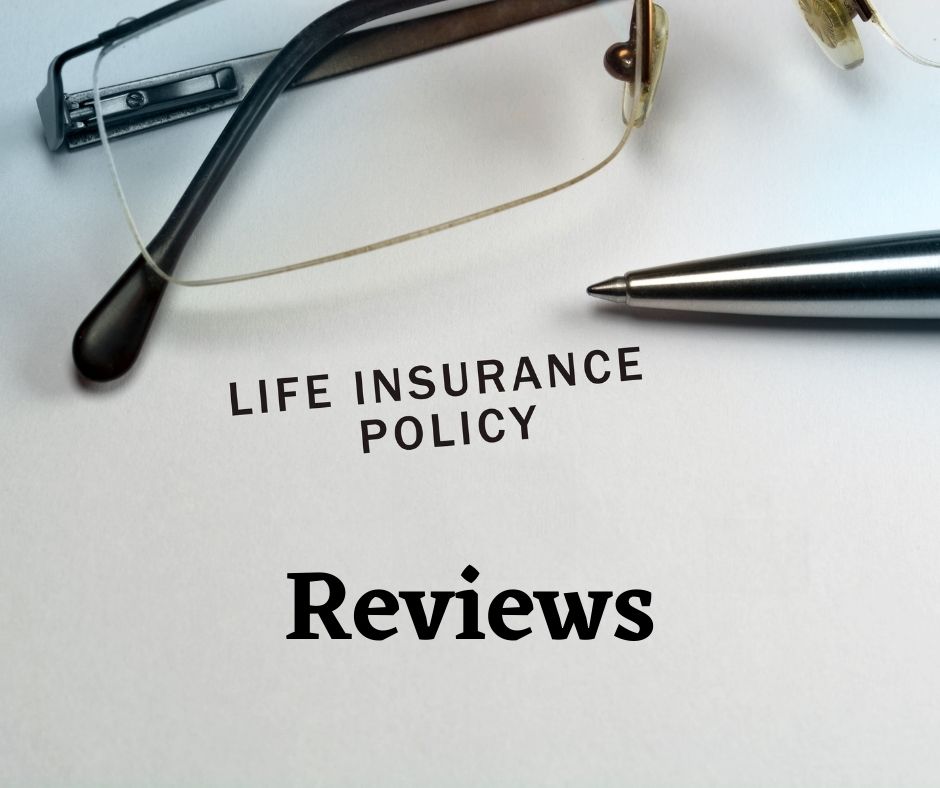living life benefits
living benefits life insurance millcreek pa

The policy's life benefits allow the insured access to money from the death benefit while still alive. These funds can help pay for expenses related to terminal or chronic diseases, such as nursing home or hospice care, in-home caretakers, medical care, etc. However, accessing living benefits reduces your death benefit.
It allows you to access your benefit if you have a chronic illness that prevents at least two of six Activities of Daily Living (ADL). These include eating, bathing and dressing, toileting, transferring, and continence.
If you're diagnosed with a terminal or critical illness, your living benefits will pay a portion of your death benefit. Although your beneficiaries will not receive as much cash, your living benefits can be used to help cover your high-end medical expenses, so your loved ones don't have to.



